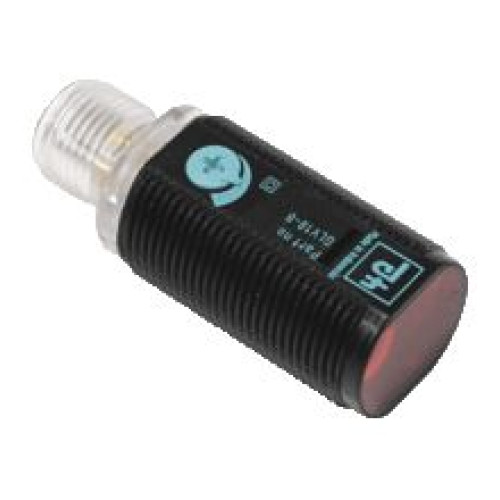Diffuse
Light emitter and receiver incorporated in a single housing. A reflector is not required because the detected object also functions as a reflector. The sensing range referred to here as the detection range is reduced due to the diffuse object reflection. The main strength of diffuse sensors is the detection of very small objects at close distance.

Features and benefits
Diffuse Mode Sensors
This form of sensing is commonly referred to as the proximity mode. Light from the emitter strikes the target which causes it to become diffused at arbitrary angles. Some light returns directly to the receiver and the target is detected. Factors about the sensing range are colour, size and finish of the target. The actual sensing range for each model is based on a “white test card.” The white card has a 90% reflectivity factor and is considered a “standard target.” Darker coloured or matte-finished targets provide less reflectivity; therefore the sensitivity must be increased or the entire sensor must be positioned closer to the target. When this situation occurs, care should be taken so that a brighter target in the background is not mistaken as the actual target.
There are various types of diffused mode sensing:
- Diffused with background suppression: Diffused sensors with background suppression sensors have a defined sensing range for any object regardless of colour, reflectivity or finish. They can detect dark objects placed directly on shiny backgrounds and can be easily installed and adjusted.
- Diffused with foreground suppression: Diffused sensors with foreground suppression sensors define a “dead band” from the sensor’s optical window. Objects falling inside this minimum sensing distance are ignored.
- Diffused with background evaluation: Diffused sensors with background evaluation only evaluate the light reflected by the background (i.e. the floor). If the sensor is not able to see the background, the output will change state. This is useful in applications with odd-shaped targets where the user can not ensure light directed at the target will be reflected to the sensors.
Build innovative machines faster without costly prototyping with Efficient Motion Control.
With Effective Motion Control, machine builders can easily overcome major challenges and enable faster time-to-market, increased functionality, resolve complex system requirements, and demands for safety and sustainability.


